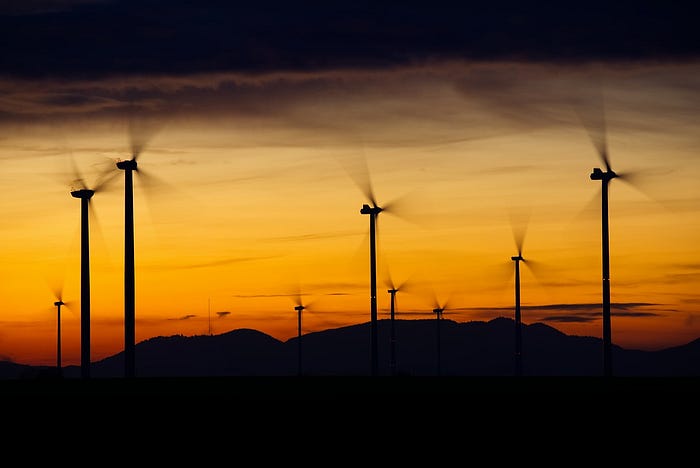One of the most common criticisms made against wind farms is their supposed impact on birds: there have been irrational calls for certain facilities to be dismantled as a result of pressure.
Now, an interesting study published in Environmental Science and Technology entitled "Quantifying the effects of energy infrastructure on bird populations and biodiversity" demonstrates conclusively that wind turbine blades do not pose a real threat to bird or bat populations, and that in practice, extracting or exploiting fossil fuels poses a quantifiable and much greater threat to the planet's avian population. In fact, there is no evidence of declining bird populations in areas with large numbers of wind turbines, and instead it is in areas where fracking is being carried out, or close to thermal power plants.
It's easy to sensationalize the corpses of a few dead birds collected at the foot of a wind turbine, but in reality the science shows that wind turbines, although they may indeed cause the death of some birds that fly into them, do not have a significant impact: climate change, loss of natural habitats and even cats are far more important threats to birds than wind turbines.
In fact, mortality due to collisions is largely solved as time goes by and birds learn to coexist with wind turbines that are not invasive of their habitats, a phenomenon that has been proven in both onshore and offshore wind farms, and can also be largely solved with a very low-tech solution: painting one of the three wind turbine blades black.
It is essential to counter these myth used by some to oppose one of the most important changes we must make to protect the planet: decarbonizing energy generation. There are others: turbine blades cannot be recycled. It's true; recycling fiberglass is complex, and in many cases, at the end of their decades-long useful life they are buried or reused for other infrastructures.
But such problems are small compared to the impact of generating all the energy they produced using fossil fuels, and in addition, when there is a problem, technology is always there to propose solutions: in fact, the most recent wind turbines are already built with recyclable materials, and there are ways both to recycle old blades and to create a circular economy around their use. But of course, it is much easier to rail against change. To compare the effects of a technology powered by the wind with another that involves burning harmful substances is so stupid as to defy understanding.
How many more myths will we have to counter in our fight for a cleaner and more sustainable world? How much cheap demagogy supported by scandalous photos and false environmentalists with no scientific evidence? Wind energy accounts for a growing share in the generation fabric of most civilized countries (one fifth of that generated in Europe), generates wealth and jobs, and above all, it is very cheap, which means that this share will continue to grow at the expense of incomparably more harmful fossil fuels.
No matter how much the morons who claim that they kill birds, that the blades are not recyclable, that they make a lot of noise or that they are unsightly, there is practically no logical reason to oppose a wind farm. The sooner we proceed to scientifically disprove the myths and lies associated with renewable energy, the better for everyone.
(En español, aquí)


